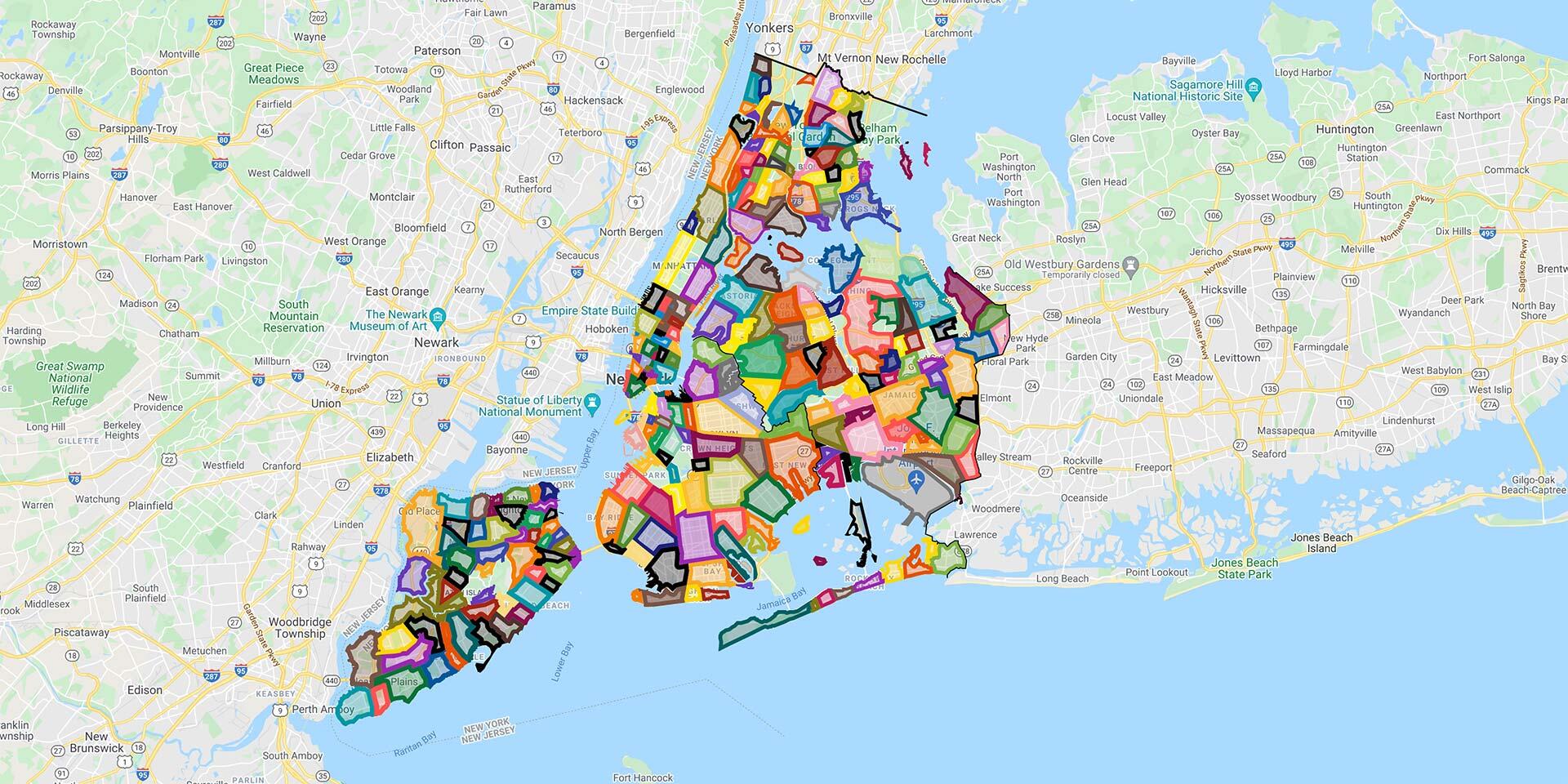Here are the neighborhoods in New York City that have varied crime rates but are overall too dangerous, especially for tourists.

Avoid these neighborhoods in New York City as they are deemed dangerous. (Photo: Redfin)
Neighborhoods In New York City’s Varied Crime Rates
Crime rates in different neighborhoods in New York City vary greatly, and it is important to be aware of most neighborhoods in New York City to prioritize personal safety.
According to a published article by the Southwest Journal, Tremont in Brooklyn is one of the most unsafe neighborhoods in New York City which has crime rates 2% higher than the national average, with high instances of violent and property crimes.
Bushwick, also located in Brooklyn, and also on the list of the most dangerous neighborhoods in New York City, is known for its vibrant arts scene but is also identified as dangerous. The area has a high crime rate, with robbery, assault, gang violence, and drug-related crimes being common.
Highbridge in the Bronx is known for being one of the most dangerous neighborhoods in New York City for its high crime rates and poverty levels, with a predominantly Hispanic population. Fordham and East Harlem, both neighborhoods in New York City, are identified as hazardous areas in New York City for 2023.
Such neighborhoods in New York City have high crime rates, including gang violence, robberies, and drug trafficking. East Harlem specifically has a high rate of violent crimes and property crimes such as muggings, burglaries, and drug-related offenses.
Sinking At A Rate Of 1.6 Millimeters Per Year
In a published article by ABC News, New York City is sinking at a rate of about 1.6 millimeters per year, while sea levels are rising globally, which could worsen flooding in the region. Researchers at NASA’s Jet Propulsion Laboratory and Rutgers University used Interferometric Synthetic Aperture Radar and the Global Navigation Satellite System to identify the areas sinking the fastest.
They discovered that LaGuardia Airport and Arthur Ashe Stadium in Queens are experiencing the most rapid vertical land motion. Glacial isostatic adjustment and the removal of water from underground aquifers are contributing factors. These sinking regions were previously used as landfills.
READ ALSO: Cities In Colorado: Rise Of Criminal Activities Due To Population Increase
























